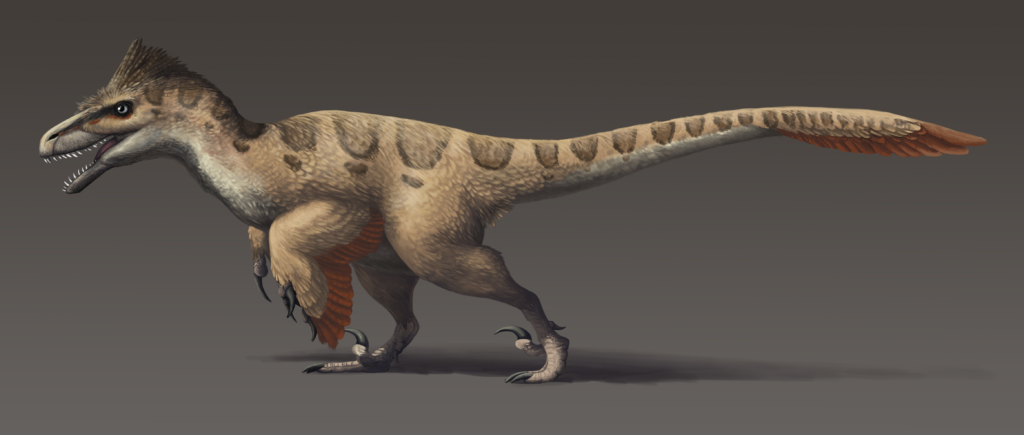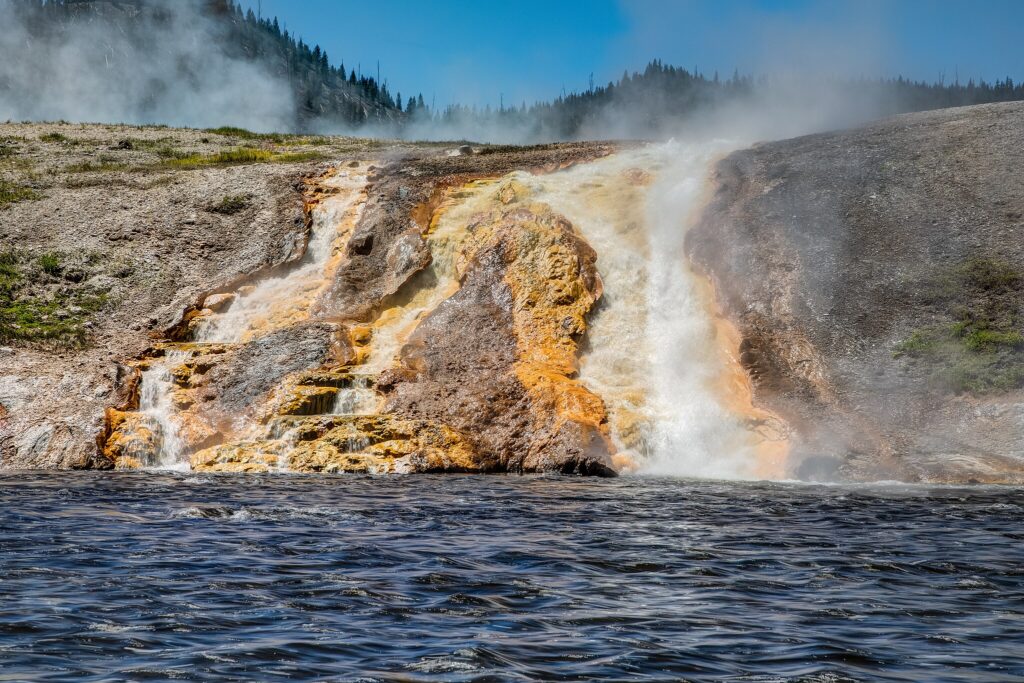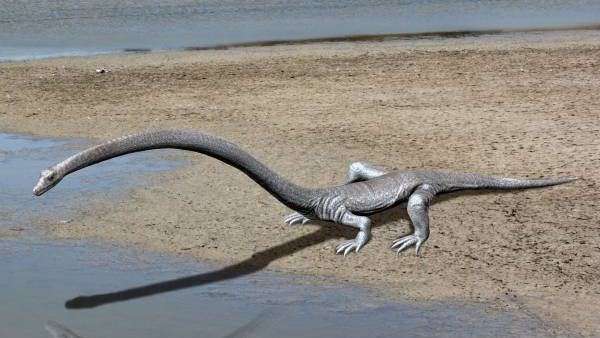During the Mesozoic Era, Earth’s climate was significantly warmer than today, allowing dinosaurs to thrive globally, even at the poles. These polar regions experienced something modern humans have never witnessed: months of continuous darkness during winter and unending daylight in summer. Despite these extreme conditions, fossil evidence reveals that diverse dinosaur communities flourished in these environments, challenging our understanding of dinosaur physiology and behavior. From Alaska to Antarctica, paleontologists have uncovered remarkable adaptations that allowed these creatures to survive and thrive in polar ecosystems with no modern equivalent.
The Polar World During the Dinosaur Era

The polar regions during the Mesozoic Era (252-66 million years ago) were dramatically different from the icy landscapes we know today. Global temperatures were significantly warmer, with average temperatures 10-15°C higher than present day. Even the poles were largely free of permanent ice caps, instead hosting vast forests of conifers, ginkgoes, and ferns. These forests grew under a peculiar light regime with months of continuous sunlight alternating with long periods of darkness. Despite being warmer than today’s poles, these regions still presented seasonal challenges unlike anywhere else on Earth, creating unique evolutionary pressures. The polar regions experienced significant temperature fluctuations, with warm summers but winter temperatures that could still drop close to freezing, especially during the darker months.
Polar Dinosaur Discoveries in Alaska
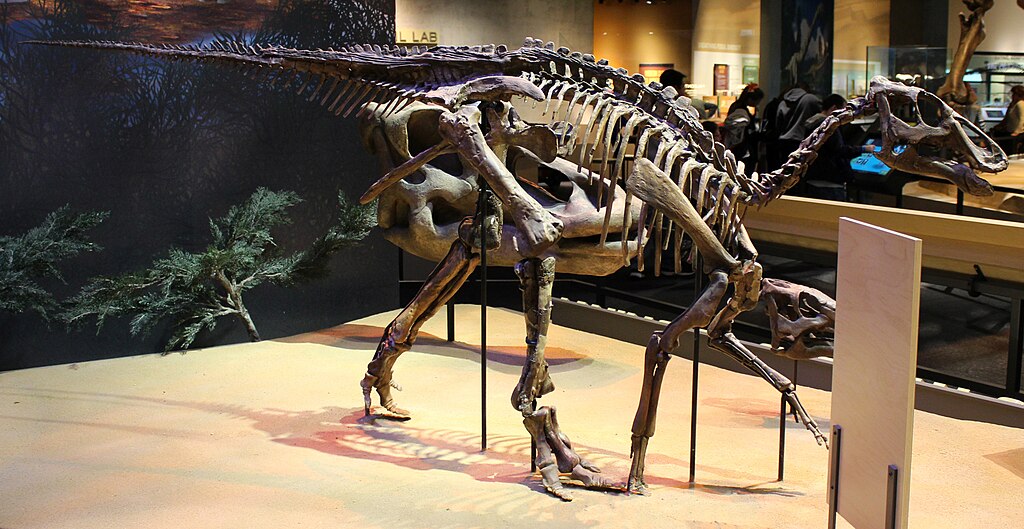
The North Slope of Alaska has yielded some of the most important polar dinosaur fossils in the Northern Hemisphere. The Colville River exposures have revealed multiple dinosaur species that lived approximately 70 million years ago, including the duck-billed hadrosaur Edmontosaurus, the horned dinosaur Pachyrhinosaurus, and several small carnivorous dromaeosaurs. One of the most significant discoveries was the 2006 finding of a juvenile Pachyrhinosaurus, indicating these dinosaurs were breeding in the Arctic environment rather than simply migrating there seasonally. Fossilized footprints discovered in the region provide evidence that dinosaurs were active year-round in these polar environments. Unlike modern animal migrations to avoid harsh seasons, evidence suggests many polar dinosaurs remained in these high latitudes throughout the year, representing permanent residents rather than seasonal visitors.
Antarctica’s Dinosaur Ecosystem
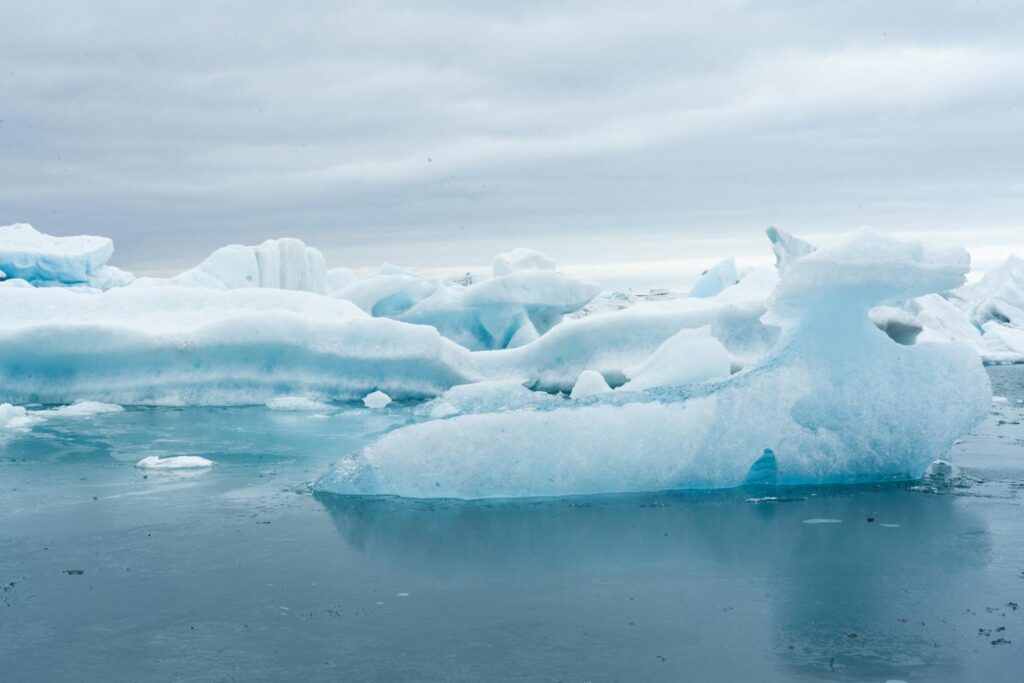
Antarctica during the Cretaceous period was connected to Australia and South America as part of the supercontinent Gondwana, but was still positioned near the South Pole. The Antarctic Peninsula has yielded fossils of ankylosaurs (armored dinosaurs), hypsilophodontids (small plant-eaters), and even large predators like the carnivorous theropod Cryolophosaurus, nicknamed “Elvisaurus” for the distinctive crest on its head resembling a pompadour hairstyle. Plant fossils from the same deposits indicate lush forests of southern beeches, conifers, and cycads thrived in these polar latitudes. Despite being situated at the pole, the climate was temperate enough to support this diverse ecosystem, though annual darkness would have significantly impacted plant growth during winter months. Recent discoveries from the James Ross Island region continue to expand our understanding of Antarctica’s dinosaur communities, revealing a surprisingly rich and diverse ecosystem functioning at extreme southern latitudes.
Australia’s Polar Dinosaur Record
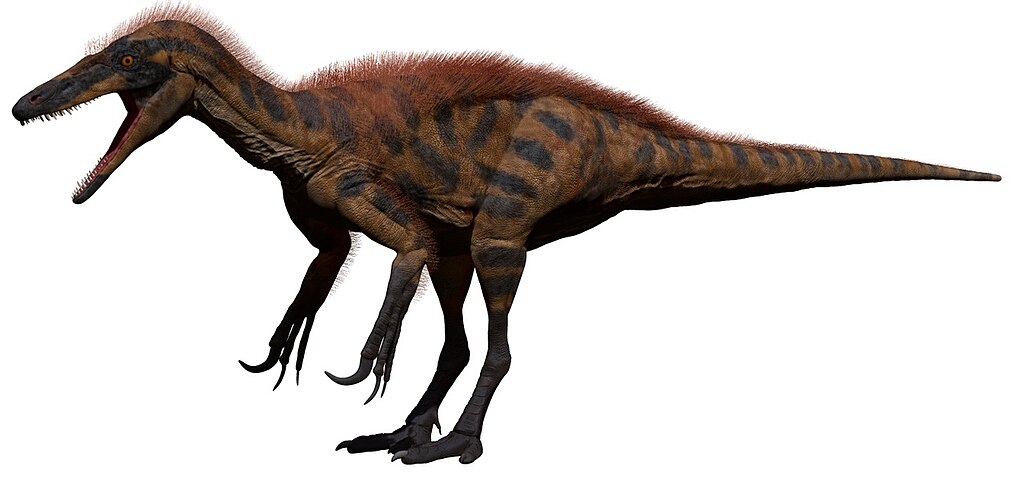
While modern Australia is not considered polar, during the Early Cretaceous period (145-100 million years ago), parts of southeastern Australia lay within the Antarctic Circle. The Dinosaur Cove and Flat Rocks sites in Victoria have yielded fossils of small ornithopods, theropods, and even an early relative of ankylosaurs that inhabited these polar regions. What makes these discoveries particularly significant is that during this period, Australia was still connected to Antarctica and positioned much further south than its current location. The Victorian dinosaurs were living in polar forests that experienced months of winter darkness and freezing temperatures. Fossil evidence suggests that many of these dinosaurs were relatively small-bodied compared to their relatives from lower latitudes, which might represent an adaptation to the challenging polar conditions. The dinosaur fossils are often found alongside remnants of the forest environments they inhabited, providing invaluable context about the ecosystems that supported them.
Adaptations for Polar Survival
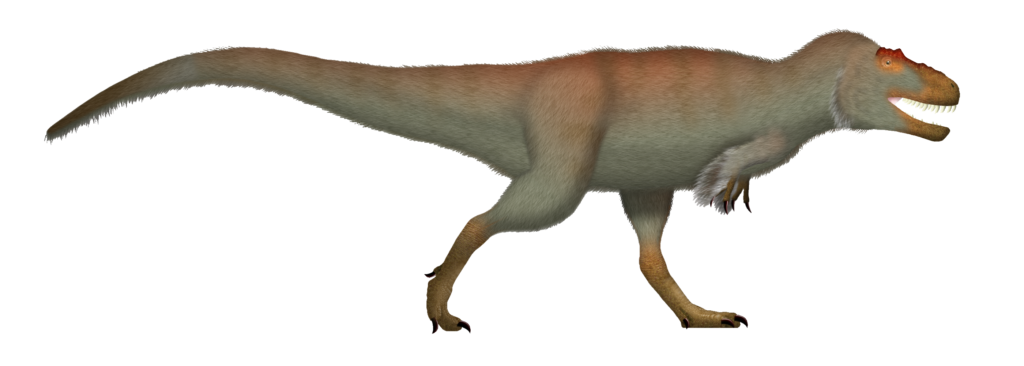
Polar dinosaurs evolved several specialized adaptations to survive in their extreme environments. Some species appear to have developed enhanced vision that may have helped them navigate during the dim twilight of polar winters, suggested by the enlarged eye sockets found in certain fossil specimens. There is evidence that some polar dinosaurs, particularly small theropods, possessed feathers or proto-feathers that would have provided crucial insulation during colder months. Studies of bone microstructure in polar dinosaurs indicate many species had high growth rates and specialized metabolism that may have helped them thrive in seasonally challenging conditions. Perhaps most interestingly, some polar dinosaur species show evidence of being smaller than their lower-latitude relatives, which may represent an adaptation for conserving energy during periods of resource scarcity. The annual growth rings found in the bones of polar dinosaurs are particularly pronounced, suggesting their physiology responded dramatically to the seasonal changes in their environment.
The Mysterious Case of Dinosaur Hibernation

One of the most intriguing questions about polar dinosaurs is whether they underwent hibernation or torpor during the darkest winter months. Some paleontologists have suggested that smaller dinosaur species may have entered a state of reduced activity, similar to the torpor seen in some modern animals, to conserve energy when food was scarce. Evidence supporting this hypothesis includes the discovery of dinosaur burrows in polar regions that could have provided shelter during harsh winters. However, other scientists argue that the relatively warm global climate of the Mesozoic may have kept polar regions productive enough year-round that hibernation wasn’t necessary. Bone histology studies have provided some clues, as the growth rings in fossil bones can indicate whether growth completely stopped during winter months or merely slowed down. The debate remains active, with new analytical techniques being applied to fossil evidence to determine whether dinosaurs truly hibernated or employed other strategies to survive the polar night.
Migration Versus Residency
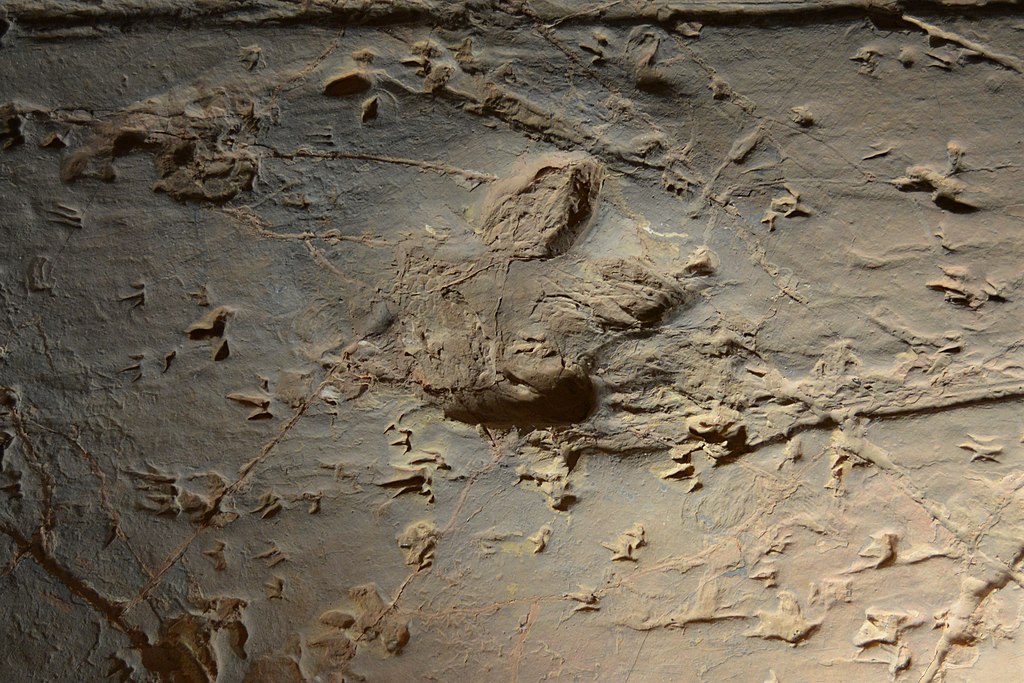
The question of whether polar dinosaurs migrated seasonally or remained year-round residents has been a subject of intense scientific debate. Some evidence supports the migration hypothesis, including the discovery of trackways that could indicate seasonal movement patterns of herding dinosaurs. However, discoveries of nesting sites and very young juvenile dinosaurs in polar regions strongly suggest that at least some species were permanent residents, breeding and raising their young through the full polar year. The presence of dinosaur eggs and hatchlings in places like Alaska and Antarctica provides compelling evidence that these weren’t just summer visitors. Small carnivorous dinosaurs, which would have had difficulty undertaking long migrations, are well-represented in polar fossil assemblages, further supporting year-round residency. Recent studies of bone isotopes, which can reveal information about an animal’s movements and diet throughout its life, have begun providing more definitive answers about which species migrated and which remained as permanent polar residents.
Food Sources During Polar Winters
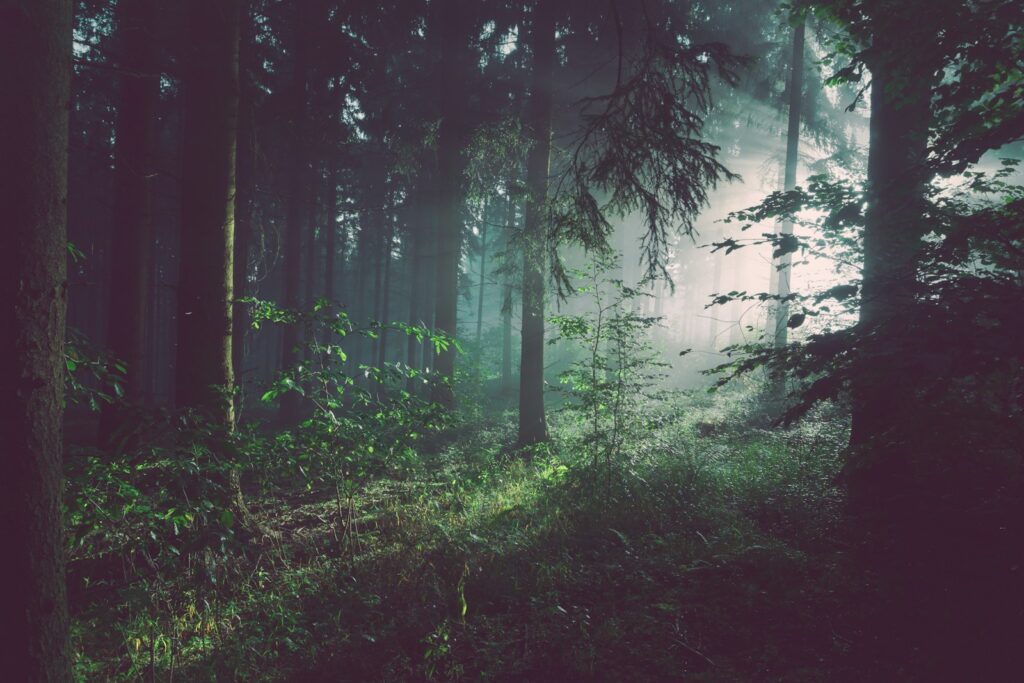
The availability of food during the dark polar winters poses a significant question about how dinosaur ecosystems functioned. Plant-eating dinosaurs would have faced substantial challenges when photosynthesis virtually ceased during the dark months. Evidence suggests that conifer forests in polar regions may have retained their needles year-round, providing some food even during winter, though at reduced nutritional quality. Some scientists theorize that certain polar dinosaurs might have switched to consuming different plant parts during winter, perhaps feeding on bark, twigs, or stored plant resources like seeds or roots. For carnivorous dinosaurs, the winter months may have provided hunting opportunities as herbivores weakened, though overall prey abundance would have decreased. Recent studies of fossilized plant material show that some polar plants had specialized adaptations for rapid growth during the brief summer months and dormancy during winter, which would have affected the entire food web. Stomach contents preserved in exceptionally well-preserved specimens may eventually provide direct evidence of winter diets.
The Polar Light Regime and Its Effects

The extreme seasonal light conditions at the poles created environments unlike anything dinosaurs experienced elsewhere on Earth. During summer, constant daylight would have allowed for continuous photosynthesis, creating a brief but intense growing season for plants. This, in turn, provided an abundance of food for herbivorous dinosaurs during these months. The winter darkness, meanwhile, would have dramatically reduced plant productivity for months at a time, creating a significant seasonal bottleneck for the entire ecosystem. These light conditions may have influenced dinosaur behavior, possibly triggering seasonal breeding cycles timed to coincide with resource availability. Evidence from growth rings in fossil wood from polar forests shows extremely rapid growth during summer months and complete dormancy in winter, reflecting these dramatic light cycles. The psychological effects of such extreme light conditions on dinosaur behavior remain speculative but represent an intriguing area for future research as we better understand dinosaur sensory capabilities.
Warm-Blooded Dinosaurs in Cold Climates

The presence of dinosaurs in polar regions has contributed significantly to the ongoing debate about dinosaur metabolism and thermoregulation. Many paleontologists argue that surviving months of darkness and relative cold would have been impossible for purely cold-blooded animals, suggesting many dinosaurs must have had elevated metabolic rates closer to those of modern birds and mammals. Microscopic studies of polar dinosaur bones show features consistent with rapid, sustained growth and active metabolism rather than the slower growth patterns seen in modern reptiles. Features such as extensive blood vessel networks in bone tissue suggest these animals maintained high activity levels, requiring substantial energy throughput. The discovery of small-bodied theropod dinosaurs with feathers or feather-like structures in polar environments further supports the idea that many dinosaurs were endothermic (warm-blooded) or at least maintained elevated body temperatures. This evidence from polar dinosaurs has been crucial in shifting scientific consensus toward viewing many dinosaur groups as physiologically more similar to birds than to modern reptiles.
Mass Extinctions and Polar Resilience
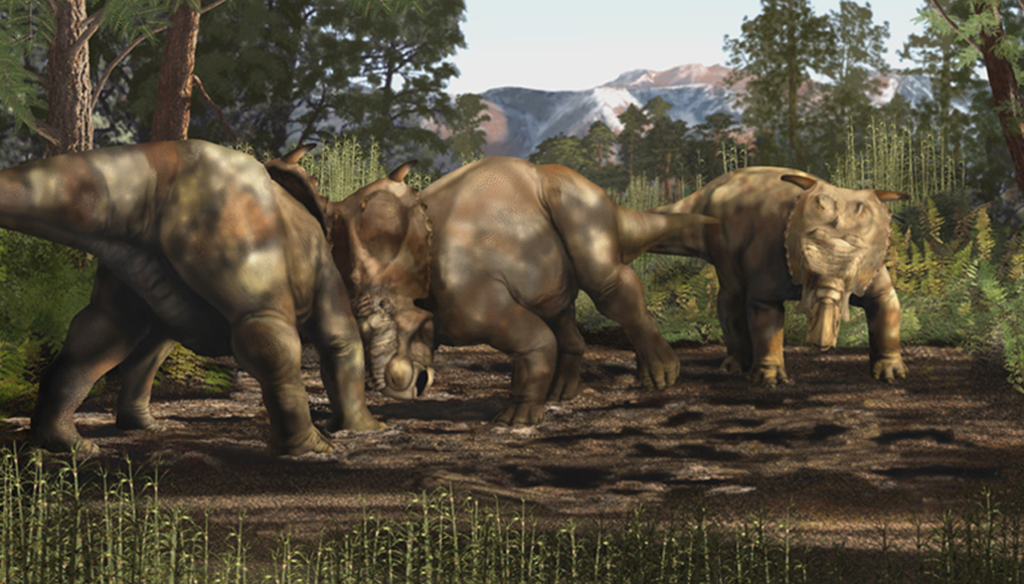
Intriguingly, polar dinosaur communities sometimes showed greater resilience to extinction events than their counterparts at lower latitudes. After the end-Triassic mass extinction (approximately 201 million years ago), dinosaur communities in polar regions appear to have recovered more quickly than those closer to the equator. This pattern suggests that dinosaurs that adapted to the inherent volatility of polar environments may have possessed traits that made them more resilient to rapid environmental changes. The ability to endure months of darkness and resource scarcity may have pre-adapted polar dinosaurs to survive conditions that proved catastrophic elsewhere. However, even this resilience had its limits, as the Cretaceous-Paleogene extinction event (66 million years ago) that wiped out non-avian dinosaurs appears to have affected polar communities just as dramatically as those elsewhere. Recent discoveries have begun to illuminate how polar dinosaur diversity changed through time, including evidence that certain groups thrived in these regions even as they declined elsewhere, creating unique polar faunas distinct from global patterns.
Modern Implications and Climate Change

Studying polar dinosaurs provides valuable insights into how complex ecosystems function under extreme conditions and how animals adapt to challenging environments. As our planet faces contemporary climate change, polar dinosaur research offers a window into past warm-pole conditions that may resemble future scenarios for our modern polar regions. The fossil record of polar dinosaurs demonstrates that significant warming of polar regions leads to dramatic ecological reorganization rather than simple northward or southward shifting of existing ecosystems. Scientists studying polar dinosaur communities can observe how food webs functioned during previous greenhouse climate phases, offering potential insights into future ecological changes. The seasonal challenges faced by polar dinosaurs—particularly resource bottlenecks and extreme light conditions—have modern parallels in today’s rapidly changing Arctic and Antarctic ecosystems. By understanding how complex vertebrate communities previously adapted to warm poles with extreme seasonality, we gain perspective on the potential for adaptation versus extinction in our modern changing world.
Ongoing Mysteries and Future Research

Despite significant discoveries, many aspects of polar dinosaur life remain enigmatic and continue to drive research in this fascinating field. Questions about sensory adaptations for navigating during the dark winter months remain largely unanswered, though studies of dinosaur brain cases provide some clues about their sensory capabilities. The mystery of whether some dinosaur species migrated seasonally between polar and lower-latitude regions might be resolved through more sophisticated isotope studies of fossil teeth and bones, which can record geographical movements during an animal’s lifetime. Advanced techniques like ancient DNA recovery, though extraordinarily challenging with specimens of this age, might eventually provide insights into genetic adaptations for polar life. The continued exploration of remote polar regions will undoubtedly yield new fossil discoveries that will further illuminate this remarkable chapter in Earth’s history. Emerging technologies like CT scanning and 3D modeling allow paleontologists to examine minute details of fossil specimens, potentially revealing subtle adaptations to polar conditions that were previously undetectable.
How Dinosaurs Adapted to Life in Polar Darkness

The story of dinosaurs thriving at the poles reveals the remarkable adaptability of life even under the most extreme conditions. From the perpetual darkness of polar winters to the unending daylight of summers, these ancient creatures developed specialized behaviors and physiologies to exploit environments that challenged their very existence. As we continue uncovering fossils from these ancient polar ecosystems, we gain not only a more complete picture of dinosaur evolution but also valuable insights into how complex life responds to extreme environmental challenges—insights that resonate strongly as we face our era of rapid climate change. The polar dinosaurs stand as a testament to life’s resilience and adaptability, continuing to surprise and inspire us millions of years after they disappeared.

